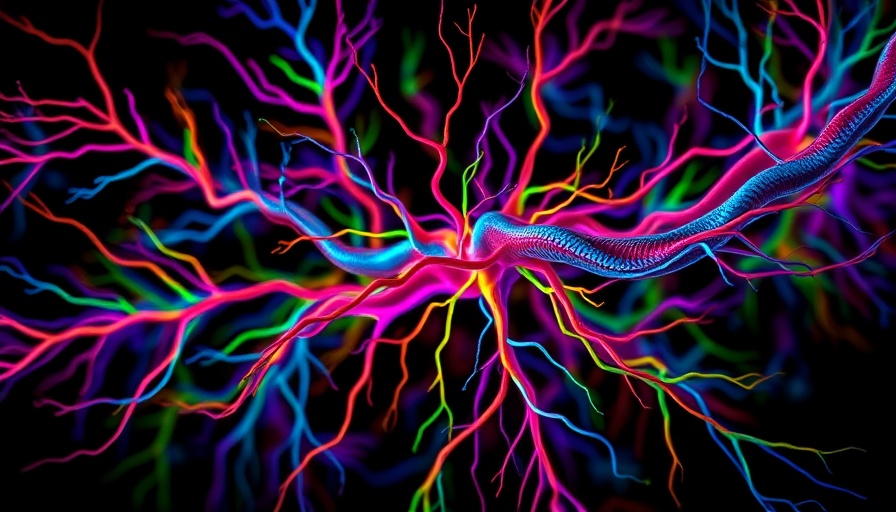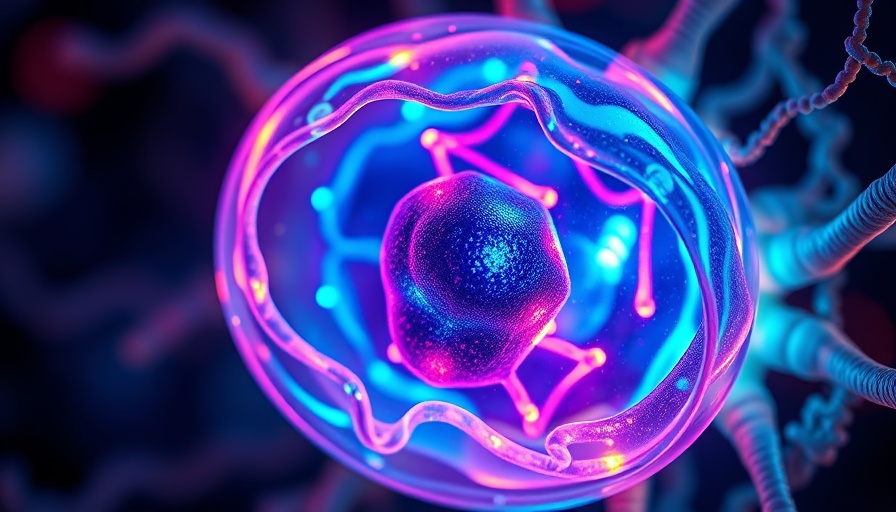
Revolutionizing Huntington's Disease Treatment with Glial Replacement Therapy
Recent breakthroughs in neuroscience have shed light on innovative strategies to combat Huntington's disease, a devastating hereditary condition characterized by progressive motor dysfunction and cognitive decline. A pivotal study from the University of Rochester Medical Center demonstrates that glial replacement therapy using healthy human glial progenitor cells can significantly alter the disease's trajectory, offering fresh hope to those affected.
Understanding Glia: The Essential Support System for Neurons
Historically, research on Huntington's disease has been heavily neuron-centric, focusing primarily on preserving or replacing damaged neurons. However, emerging studies—especially those from the Goldman lab—highlight the underestimated role of glial cells. Often termed the 'glue' of the nervous system, glial cells are crucial for neuronal health, regulating inflammation and maintaining the brain's chemical balance. Dysfunctional glia can exacerbate neuronal damage, and restoring glial health is now recognized as an essential component of effective treatment strategies.
Transforming Outcomes: The Study's Methodology and Findings
The study involved injecting healthy human glial progenitor cells into the striata of R6/2 mice, a widely accepted model for Huntington's disease. These mice exhibited initial symptoms before undergoing severe degradation. Remarkably, researchers observed improvements in motor skills and cognitive function alongside increased lifespan, indicating that even in adult subjects displaying symptoms, neural repair is still possible by addressing glial health.
Potential for Broader Applications: Implications for Human Health
This groundbreaking research introduces a paradigm shift in how we approach neurological disorders. The findings open possibilities for cell-based therapies targeting not just Huntington’s, but potentially other neurodegenerative diseases that involve glial dysfunction, such as Alzheimer’s or multiple sclerosis. The broader implications for health and wellness are remarkable, establishing a new model for investigating and treating neurological conditions.
Future Predictions: What This Means for Advancements in Therapy
With the successful transplantation of glial cells in symptomatic mice, we may very well be on the brink of new clinical trials aimed at human application. The research bolsters the potential of regenerative medicine, reconceptualizing treatment strategies that could significantly enhance the quality of life for those experiencing neurodegenerative diseases.
The Role of Community in Health and Wellness
As we delve deeper into the mechanisms of diseases like Huntington's, community awareness and advocacy for health and wellness become paramount. Engaging with community health centers and wellness businesses is essential for promoting knowledge about emerging treatments and providing holistic support for affected individuals and their families.
Elevating Awareness: Moving Beyond the Lab
This new understanding of glial cells and their role in Huntington's disease underscores the importance of public education on health and wellness, particularly the benefits of acknowledging supportive pathways in treatment. Local health and wellness events can play a vital role in fostering an informed community ready to embrace innovations in medicine.
Glial replacement therapy has emerged as a promising avenue for treating Huntington's disease, highlighting the need for continuous exploration within the realms of neuroscience and regenerative medicine.
Those interested in this transformative journey can explore local health and wellness centers dedicated to supporting innovative treatments and community awareness programs. Take this opportunity to engage with local wellness events to remain informed about cutting-edge health developments.
 Add Row
Add Row  Add
Add 




 Add Row
Add Row  Add
Add 


Write A Comment